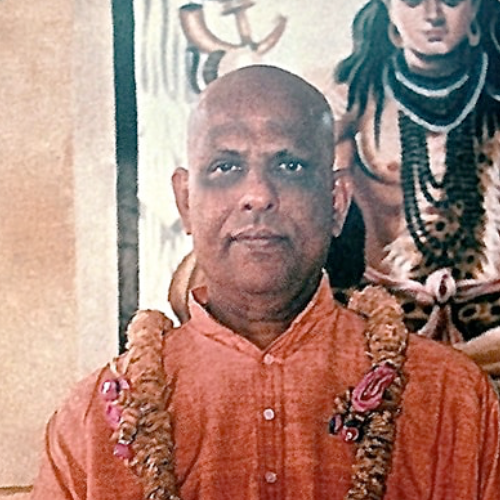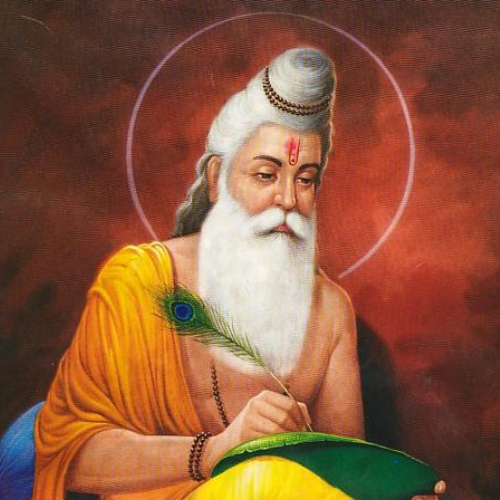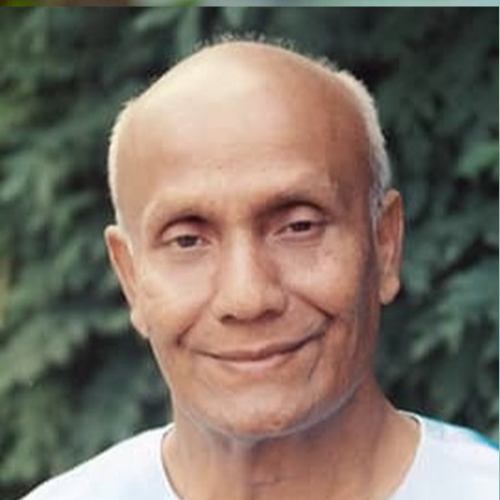The five yamas are: non-violence, truthfulness, non-stealing, brahmacharya and non-attachment. The five niyamas are: purity, contentment, study of the self, tapas (austerity) and surrender to God. The yamas and niyamas are the first two components of yoga’s eight integral components which are: yamas, niyamas, asanas, pranayama, pratyahara, dharana, dhyana and samadhi. Yoga sadhana can only be performed within the protective fortress of the yamas and niyamas. Without this foundation, the seeker is condemned to endless disturbances.
If you are followers of truth, try to establish love in your home. Try to love one another and serve one another. Life is difficult. We need help and this should start in the family. If you can do that much, you will be followers of Sanatan Dharma.
Has any woman ever had a child without experiencing the pain of delivery? No. But women, being so much in love with having children, do not give such importance to their own suffering. They do not run away from the pain of delivering a child. In the same way, in order to attain self-realization, the devotee is always ready to suffer.
Suffering that arises from devotion is not suffering, it is tapasya (austerity).
Whether the sadhaka wants to follow the path of jnana (knowledge), or the path of karma (action), the sadhaka must pass through the stage of action. Karma yoga is the base of all yogas. It is the first step and yoga of knowledge is the second step.
Since meditation offers relaxation, it helps to remove all tensions, stresses and strains of the mind. A ray of hope shines in the despairing mind and it becomes tolerant and restrained. In short, it can be said that the mind obtains fresh vigor or new life through the practice of meditation.
You can bathe the body, but the mind is also impure. With what water can you bathe the mind? Chanting God’s name is the water to use for cleaning the mind.
Without love, neither jnana yoga nor karma yoga can be fruitful. Love is the soul of yoga.
Yama and niyama (restraints and observances) are aids to purification. They help to make the sadhana simpler. If they are neglected, many hurdles crop up during sadhana and it takes a very long time to up-root these evils. To save time and energy, it is necessary that one must resort to yama and niyama.
Unfortunately, you cannot do away with mental unrest by meditating for a day or a month; you must make regular and untiring efforts for many years. As the sadhaka (one who practices meditation) goes on eliminating and removing the causes of mental unrest, states of mental peace are generated. When the sadhaka attains higher states of meditation, streams of peace start flowing into the sadhaka’s mind, generating such qualities as modesty, enthusiasm, courage and patience. Subsequently the sadhaka becomes addicted to meditation.
Self-analysis and self-observation are the keys to progress on the spiritual path. If you do not practice self-observation your decisions will not be the right ones, your conclusions will not be true. You cannot come to accurate self-observation and analysis immediately. It is a gradual process. Peace of mind, complete honesty, and objectivity are essential. When you are able to observe everything that happens in your life with keen awareness and draw inspiration from each action, then you will really be able to grow.
Temples are not the madhouses of people who believe a stone image to be God. Temples are schools of humanity, abodes of peace, lands of compromise and purification, centers of hope and centers of inspiration and concentration.
Human efforts are of four types since there are four ends or objectives of life: Artha (wealth), kama (desire), dharma (religion), and moksha (liberation). The first two drag one towards worldly things while the last two lead one towards God. The first two result in one’s downfall and ignorance whereas the last two culminate in one’s upliftment and knowledge.
Study of the scriptures, devotion, and the execution of good works form the foundation of yoga. They count as the first step.
The path of yoga is so completely full of innumerable difficulties that the sadhaka who cannot fight against those difficulties with enthusiasm, faith, patience, and courage will never tread the yogic path.
Jnana yoga is understanding, bhakti yoga is love, and karma yoga is work done without attachment. The combination of these three is true yoga.
Love all beings, do not hate anyone.
The knowledge that is acquired by the yogi comes from beyond the senses. Knowledge that is acquired through the five senses is very ordinary knowledge, but the knowledge acquired beyond the senses is also beyond the ordinary type of knowledge. It is a higher knowledge – the real knowledge. In order to understand it, a sadhaka must stop externalizing his energy and focus within. This inner focus can be called meditation.
Of the three paths – Jnana (knowledge), karma (action), or bhakti (devotion), a sadhaka should choose one which suits one’s nature. Not one of these paths is superior or inferior to the others. It is sheer ignorance to consider one’s own path to be superior and those of others to be inferior.
Even though you practice regularly, it is not always possible to achieve the same quality of meditation. Sometimes the body, and more often the mind, creates obstructions. On such occasions find out the cause of the trouble to ensure that it does not happen again.
The seeker who wants to peacefully pursue the course of sadhana should give up violence, non-truthfulness, stealing, promiscuity, hoarding, jealousy, impatience, cruelty, overeating and other impurities. All these must be avoided and abandoned or there will always be distractions and disturbances in performing sadhana.
The meaning of yoga is samadhi.
As you may gather, love is my most favorite principle, and dedication is the core of love. Whoever commits himself to developing just one genuine life-building principle receives the benefit of the rest.









